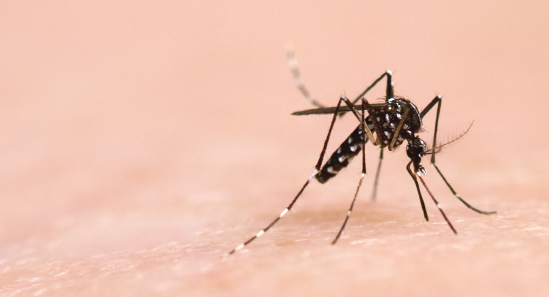In South America, more than 1.5 million people have been affected in recent months by serious congenital deformities and neurological disorders. The Brazilian authorities spontaneously attributed these to the Zika virus. However, the link between the virus and microcephaly has not yet been proven (see Gènéthique du 11 février 2016: Zika and microcephaly: the link has not yet been proven).
A study conducted by Argentinian and Brazilian scientists has highlighted an insectide – pyriproxifen, used to eradicate mosquito larvae in Brazil and manufactured by “a strategic partner” of the American Company, Monsanto (Sumitomo Chemical). Pyriproxyfen “inhibits the growth of mosquito larvae. Therefore, it is recommended by the WHO in preventing the proliferation of dengue fever”.
Dr. Avila Vazquez, a paediatrician specialising in neonatology, who co-ordinated the study published on 3 February 2016, confirmed with scientists that “the discovery of thousands of cases of congenital deformities in children whose mothers lived in areas where the Brazilian Government added pyriproxifen to drinking water during their pregnancy, is not a coincidence although the Health Ministry has attributed these deformities to the Zika virus”. Scientists are endeavouring to highlight a correlation between the recent use of this chemical product and the new phenomenon of microcephaly in the country.
A few weeks from now, the WHO must make an announcement regarding the involvement of the Zika virus in the microcephaly and neurological disorders observed in South America. “However, there is no scientific proof to date”.
Paris Match (12/02/2016) ; L’Express (13/02/2016)

